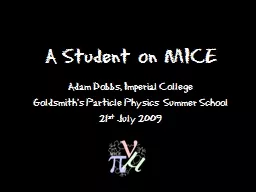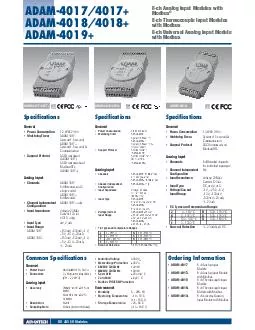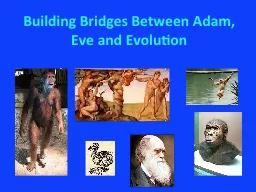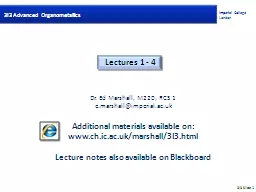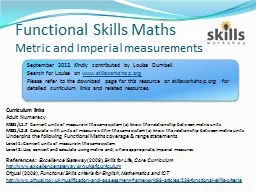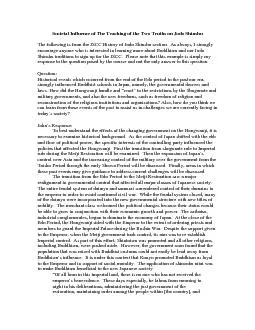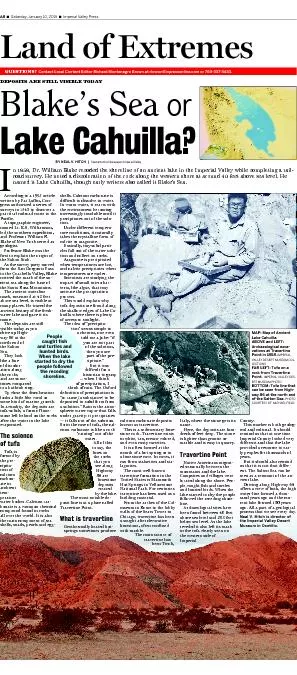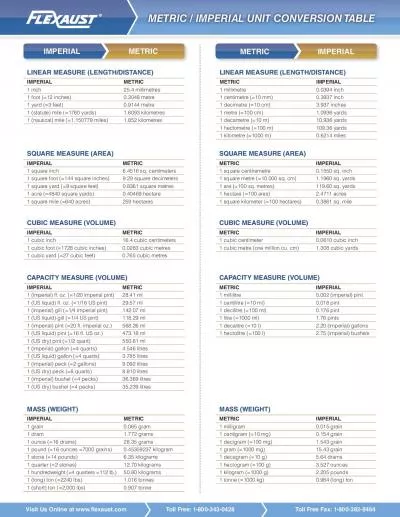PPT-A Student on MICE Adam Dobbs, Imperial College
Author : karlyn-bohler | Published Date : 2018-02-15
Goldsmiths Particle Physics Summer School 21 st July 2009 Outline 1 Why MICE a brief overview of the Standard Model n eutrino m asses and oscillations the
Presentation Embed Code
Download Presentation
Download Presentation The PPT/PDF document "A Student on MICE Adam Dobbs, Imperial C..." is the property of its rightful owner. Permission is granted to download and print the materials on this website for personal, non-commercial use only, and to display it on your personal computer provided you do not modify the materials and that you retain all copyright notices contained in the materials. By downloading content from our website, you accept the terms of this agreement.
A Student on MICE Adam Dobbs, Imperial College: Transcript
Download Rules Of Document
"A Student on MICE Adam Dobbs, Imperial College"The content belongs to its owner. You may download and print it for personal use, without modification, and keep all copyright notices. By downloading, you agree to these terms.
Related Documents

